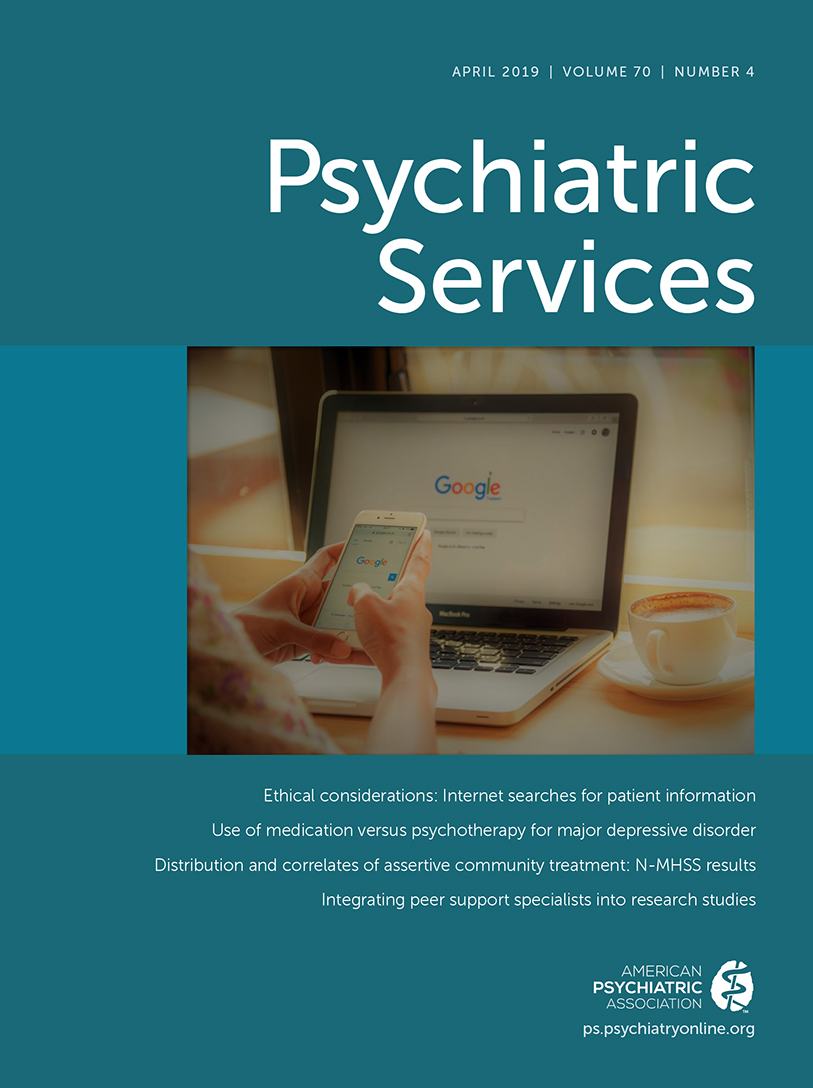National Utilization Patterns of Veterans Affairs Homelessness Programs in the Era of Housing First
Abstract
Objective:
Although Housing First is the primary service model for housing chronically homeless adults, the Department of Veterans Affairs (VA) serves a heterogeneous population of homeless veterans and operates a continuum of models. This study examined longitudinally how various VA homelessness programs are used by type, timing, and sequence to identify utilization patterns and associated client characteristics.
Methods:
Nationally linked administrative data from seven VA homelessness programs for 15,260 veterans who newly entered any VA homelessness program in 2015 and were followed for 2 years were analyzed with an innovative sequence and cluster analytic approach.
Results:
The analysis found five main profiles: brief program use (59% of total sample), permanent supported housing plus (21%), heavy multiple program use (3%), transitional housing use (6%), and rapid rehousing program use (10%). The transitional housing use profile had the lowest proportion of women, and the brief use profile had the highest proportion of white veterans. Veterans in the supported housing plus profile used the most VA general medical and mental health services and were most likely to be in permanent housing by the end of the study period, although, notably, over 40% of veterans in the other profiles, except for the heavy multiple-use profile, were also in permanent housing by the end of the study.
Conclusions:
Findings suggest that the VA’s continuum of housing models is providing veterans who have diverse needs with an array of pathways for recovery. However, additional attention and research are needed for veterans in the heavy multiple program use profile.




